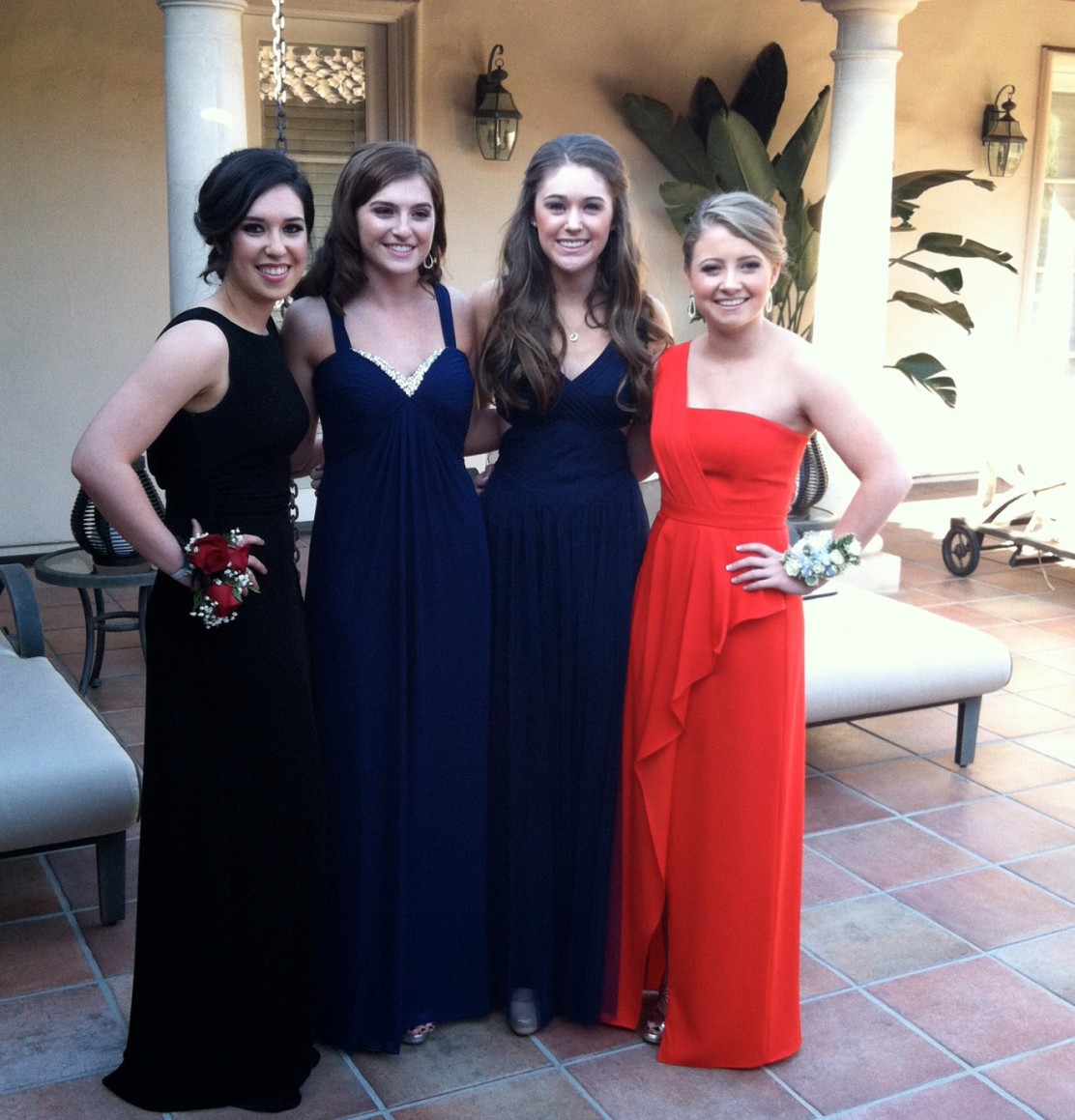CSI NDB was a fun way to review the body systems. My group had the nervous system and through our presentation and research this was a great way for me to really understand how the body reacts to events around them.
Here is our intro video to the project to show you a little glimpse of what this was all about!
Our crime was about Mr. Piggie, Mrs. Piggie, and Aunt Piggie. Mr. Piggie was murdered and found in his house during a fire. The report showed he had clean lungs meaning he was not breathing during the fire this was because his wife, Mrs. Piggie, worked in a lab where she stole a drug. The crime involved botulism which is what caused his nervous system to shut down so his nerves could not react when the fire started.
We started the class out by having them in the front and watching the video above. This gave a good background to the crime. I was so excited because I could already see students starting to think of possible crimes. Next we took the class to the back. First, was my station, and it was the police station. At my station there were written police notes about the whole crime and backgrounds of the piggies involved. There was also a police board connecting the people. I had people read through and take notes while writing out a timeline of events. This was a good way to practice collecting information and recording it. The next few stations involved fire reports, corner reports, and interviews. These all set the stage for the class to figure out the crime! After we did a review of the nervous system.
The nervous system is separated onto the central nervous system and the peripheral nervous system. The body reacts to events around them through these two systems. Afferent and efferent neurons communicate so your body can react. Afferent neurons send the signal to your central nervous system and then the reaction is sent back through efferent neurons. The picture below is a great diagram of the nervous system.
This was such a fun project because it allowed us to be so creative while learning so much about the body. I really enjoyed solving the mystery of my classmates project who also did an amazing job!!
Video featuring classmates and editing done by Davis Whalen
“Nervous System.” Wiki Images. N.p., n.d. Web. 18 May 2015. <http://commons.wikimedia.org/wiki/File:1205_Somatic_Autonomic_Enteric_StructuresN.jpg>.



























